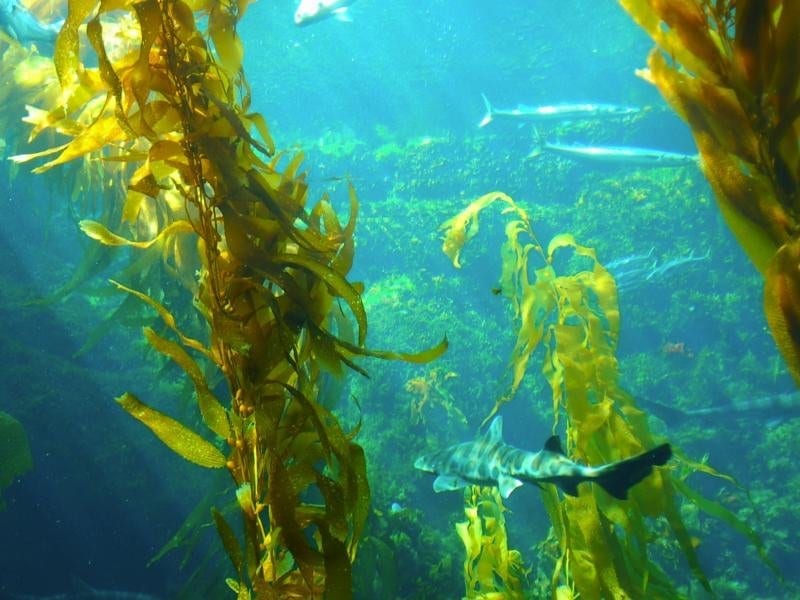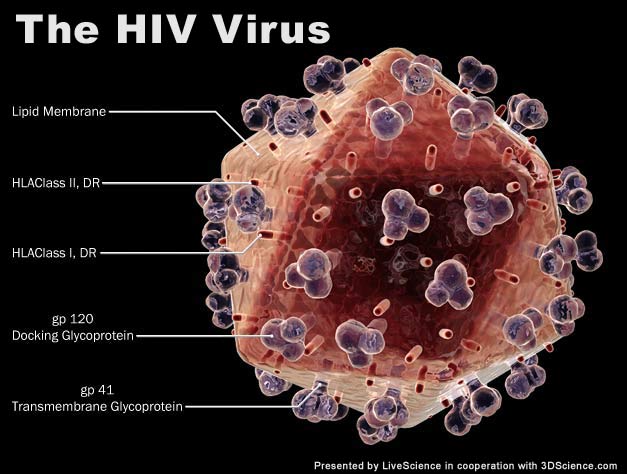
Heatwaves from Europe to China are likely to be more intense and result in maximum temperatures that are 3°C to 5°C warmer than previously estimated by the middle of the century – all because of the way plants on the ground respond to carbon dioxide in the atmosphere.
This projected temperature increase found by Australian researchers and published in Nature Scientific Reports is more than half the change forecast by the IPCC under the business-as-usual model. The biggest temperature changes were projected to occur over needleleaf forests, tundra and agricultural land used to grow crops.
“We often underestimate the role of vegetation in extreme temperature events as it has not been included in enough detail in climate models up until this point,” said lead author Dr Jatin Kala from Murdoch University.
“These more detailed results are confronting but they help explain why many climate models have consistently underestimated the increase in the intensity of heatwaves and the rise in maximum temperatures when compared to observations.”
To get their results the researchers looked at data from 314 plant species across 56 field sites. In particular, they investigated stomata, small pores on plant leaves that take in carbon dioxide and lose water to the atmosphere.
Previously, most climate models assumed all plants trade water for carbon in the exactly same way, ignoring experimental evidence showing considerable variation among plant types. By not accounting for these differences, models have likely over-estimated the amount of water lost to the atmosphere in some regions.
If plants release less water there is more warming and a consequent increase in heat wave intensity.
The study is unique because, for the first time, it used the best available observations to characterise different plants water-use strategies within a global climate model.
“These world-first results will have significant impact on the development of climate models around the world,” said one of the study’s authors, Prof Andy Pitman, Director of the Australian Research Council’s Centre of Excellence for Climate Systems Science at UNSW.
“However, it is the bringing together of observations by ecologists, theory from biologists, physics from land surface modellers and climate science in the global modeling, that is revolutionary.”
The work that led to the study required investment in detailed observations, model development, and high performance computing.
“This is a fantastic example of STEM-based science bringing together the ecological and climate modeling communities; two sectors which rarely work hand-in-hand,” said Prof Pitman.
It was also a great example of public-good science, said Professor Belinda Medlyn, theoretical biologist at Western Sydney University and co-author of the study.
“Our study of stomata was originally intended just to learn more about how plants work,” said Prof Medlyn.
“We were really not expecting to find these important implications for heatwaves.”
Learn more: Plants boost extreme temperatures by 5°C
The Latest on: Heat wave temperatures
[google_news title=”” keyword=”heat wave temperatures” num_posts=”10″ blurb_length=”0″ show_thumb=”left”]
via Google News
The Latest on: Heat wave temperatures
- Summer heat waves already deadly in Asia, and it's still springon May 2, 2024 at 6:24 am
The India Meteorological Department (IMD) on Tuesday issued a "red alert" warning for the eastern and southern states of Andhra Pradesh, Bihar, West Bengal and Odisha, where temperatures have been ...
- East Asia heat wave slays all-time recordson May 2, 2024 at 5:50 am
Data: CPC Global Unified Temperature data provided by NOAA PSL; Map: Erin Davis/Axios Visuals A punishing heat wave is affecting hundreds of millions of people from India to Japan, with monthly and ...
- Los Angeles Urban Heat Project Sees Air Temperatures Drop, Study Findson May 1, 2024 at 12:28 am
A test project to tackle the urban heat island effect in a 10-square block area in Los Angeles has led to ambient air temperatures being reduced by as much as 3.5°F.
- Southeast Asia is enduring a brutal, record-setting heat waveon April 30, 2024 at 1:26 pm
Temperatures have reached 100 to 120 degrees, closing schools, taxing power grids, and increasing heat-related illnesses and deaths.
- Where to cool off in a Philadelphia heat waveon April 30, 2024 at 11:47 am
To keep people cool en masse during citywide heat emergencies, the city turns to a go-to resource it already has: the library. Participating libraries become spaces where people can go to get out of ...
- Philippine students are told to stay home as Southeast Asia swelters in prolonged heat waveon April 29, 2024 at 6:04 pm
Southeast Asia is coping with a weekslong heat wave as record-high temperatures have led to school closings in several countries and urgent health warnings throughout the region.
- Heat wave won't stick around too longon April 29, 2024 at 12:41 pm
Chief Meteorologist Tom Tasselmyer says Monday's heat wave won't stick around forever. He shares when temperatures should return to normal.
- Philippine schools cancel classes as major heat wave spreads across Southeast Asiaon April 29, 2024 at 10:40 am
Millions of students in public schools across the Philippines are being ordered to stay home after urgent health warnings spread throughout Southeast Asia as major heatwave continues to hit region.
- Indian voters battle extreme temperatures as intense heat wave hits regionon April 25, 2024 at 7:52 pm
Indian voters are battling sweltering conditions to take part in the world’s biggest election as a severe heat wave hits parts of the country and authorities forecast a hotter-than-normal summer for ...
- Deadly Heat Wave in Recent Weeks Would Not Have Been Possible without Climate Changeon April 18, 2024 at 10:30 am
Scientists say extreme temperatures that reached 119 degrees Fahrenheit and killed at least 100 people in parts of West Africa would only occur every 200 years in the absence of climate change ...
via Bing News











